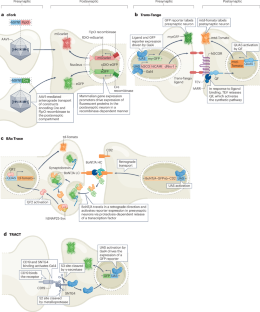2024-09-10 コロンビア大学
<関連情報>
- https://news.climate.columbia.edu/2024/09/10/study-finds-subway-pollution-is-too-high-with-a-disproportionate-effect-on-black-and-hispanic-riders/
- https://journals.plos.org/plosone/article?id=10.1371/journal.pone.0307096
ニューヨーク市地下鉄のホームワーク通勤時の微小粒子状物質への暴露量 Exposure to fine particulate matter in the New York City subway system during home-work commute
Shams Azad ,Pau Ferrer-Cid,Masoud Ghandehari
PLOS ONE Published: August 7, 2024
DOI:https://doi.org/10.1371/journal.pone.0307096
Abstract
The New York City (NYC) subway system accommodates 5.5 million daily commuters, and the environment within the subway is known to have high concentrations of fine particulate matter (PM2.5) pollution. Naturally, subway air pollution varies among individuals according to their mobility patterns, introducing the possibility of inequality in PM2.5 exposure. This study aims to evaluate individual and community-level exposure to subway PM2.5. We simulated the intracity home-to-work trip patterns using the Longitudinal Employer-Household Dynamics (LEHD) records of 3.1 million working commuters across 34,169 census blocks in four boroughs (Manhattan, Brooklyn, Queens, and the Bronx) of NYC. We incorporated the on-platform and on-train measured PM2.5 concentration data for the entire subway system. The mean underground platform concentration in the city was 139 μg/m3 with a standard deviation of 25 μg/m3, while the on-train concentration when underground was 99 μg/m3 with a standard deviation of 21 μg/m3. Using a network model, we determined the exposure of individual commuters during their daily home-work trips. We quantified the mean per capita exposure at the census block level by considering the proportion of workers within the blocks who rely on the subway for their work commute. Results indicate statistically significant weak positive correlation between elevated subway PM2.5 exposure and economically disadvantaged and racial minority groups.


